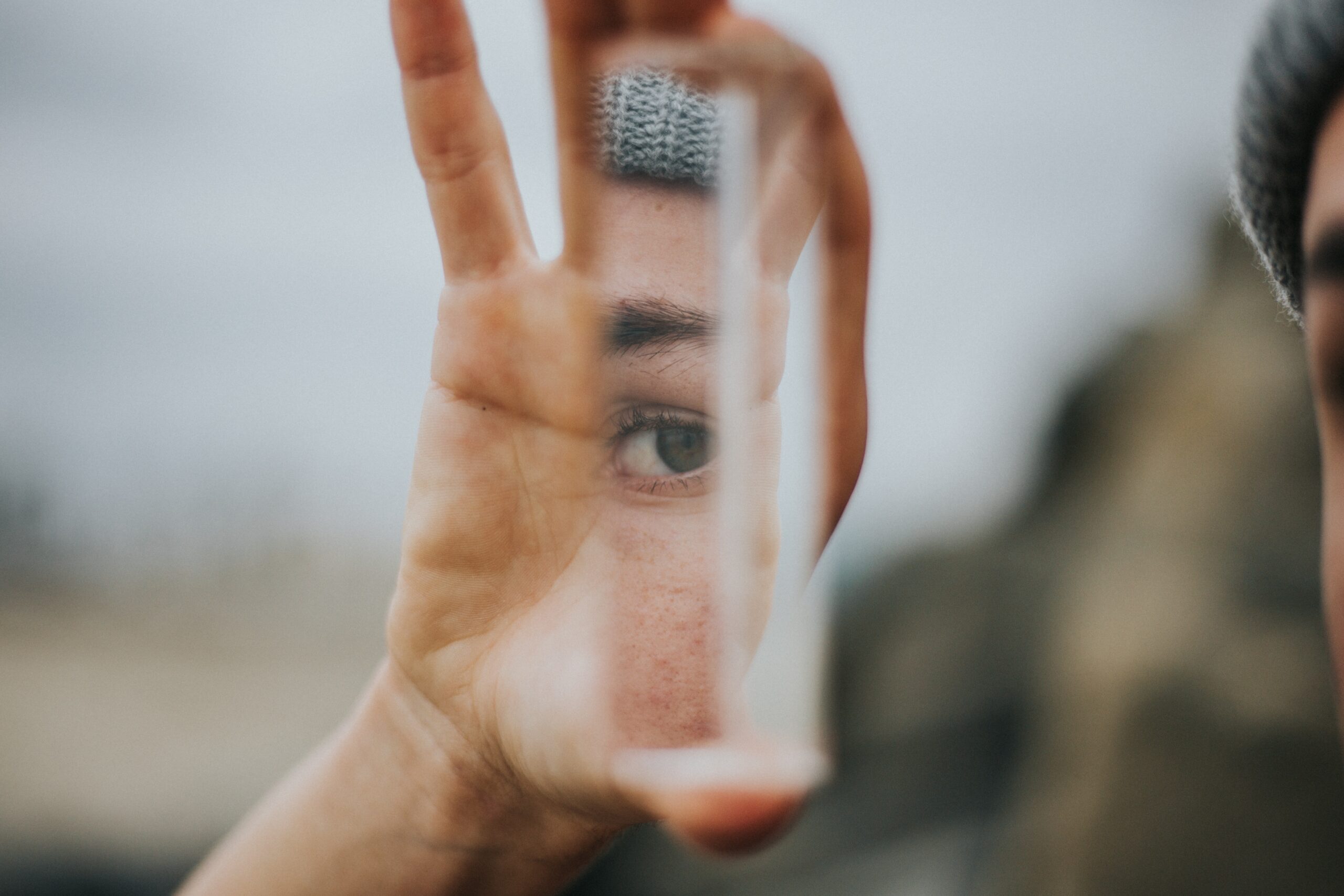As someone very interested in the arts, this week’s topic of discussion caught my attention. With all of my exposure to different forms of rhetoric this semester, my understanding of visual rhetoric came easily. However, as noted by Eyman, visual rhetoricians can’t quite come to a consensus on how to define visual rhetoric. Instead, they have defined three different forms of visual rhetoric: representational images, physical/graphic design, and tools of observation.
The Three Forms
- Representational images: Viewing an image/visual text as having a meaning beyond what is literally being displayed. Memes and reaction images can be analyzed in this way.
- Physical/Graphic Design: What the design of a visual text/object says about that text/object.
- Tools of Observation: Not looking at how things look, but how they are looked at. The Male gaze is an example of this kind of rhetoric.
Seeing how much exposure I have had to artists and the thought that goes into character design (or costume design, in a theatre production), viewing visual rhetoric as physical and graphic design appealed to me the most. I could sit and analyze a character design for hours, because all of the little details interest me so much. They can be for aesthetics, sure, but usually they are purposeful and reveal a lot about the character.
A Theatre Example
Because I am a huge theatre nerd, let’s take a look at an example from the Off-Broadway production of Heathers the musical.

This still is from the musical number, “Candy Store”, where the Heathers chide Veronica for not wanting to bully her friend Martha after joining their clique. It’s basically a “either you’re with us or you’re out” kind of number. Context for the musical helps, but even without that knowledge, you can still take away a lot just from looking at this still.
Positioning
Firstly, the Heathers (the three girls on the left) are in a tight triangular formation, with Heather Chandler (in red) being in front, making the point. This suggests that she is the leader of the trio. Their costumes create very similar silhouettes. Each wear a blazer, a pleated skirt, knee high socks, dress shoes, and have their hair partially or fully up. This tells us that they are a clique, working as a unit. The confidence and sync in their postures also tells us that they have some sort of power in this interaction, compared to Veronica’s unsure body language. While Veronica also sports a similar silhouette, with a costume made up of the same pieces, she stands alone on the right side of the image, indicating that there is a difference between her and the Heathers.
This is further emphasized through the lighting. The Heathers are positioned under the spotlight, drawing attention to them. They are the focal point of the image. Veronica is positioned outside of the spotlight. She fades a bit more into the background. This makes her look less powerful in comparison to the Heathers.
Use of Color
Taking a look at the colors the characters wear can also give us some hints about their dynamic. The Heathers wear red, yellow and green. Red and green are complimentary colors, meaning that they are direct opposites on the color wheel. Heather Chandler and Heather Duke (in green) have an undercurrent of tension in their relationship, and after Chandler’s death, Duke takes her place as the ringleader. Yellow, meanwhile, is closer to red than green is to red, with only orange between them. This suggests that Heather Mcnamara (in yellow) aligns more closely with Heather Chandler than Heather Duke does. This lines up with their dynamic, as Mcnamara goes along with what Chandler says without trying to undermine her authority like Duke does.
Blue, Veronica’s color, is not red’s opposite on the color wheel, but it is in pop culture. Red and blue are commonly used to depict opposite characters. You see this a lot in water and fire motifs, or hot and cold. This aligns with Veronica and Heather’s characters. Veronica is a genuinely caring person at her core, but she ends up swept up in a world of bullying and pettiness, clinging to power in an attempt to survive her last year of high school. Heather Chandler, meanwhile, has been the alpha mean girl at the school for years. She is infamous, and her name evokes fear, awe, and respect.




Leave a Reply